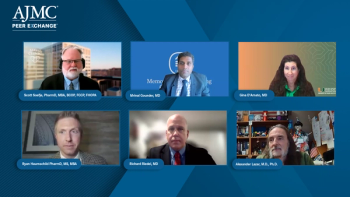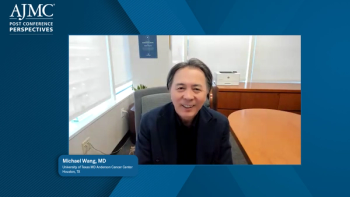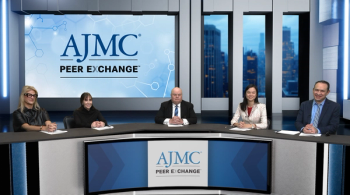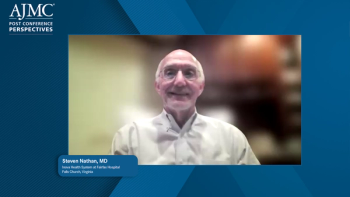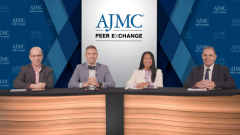
Health Equity in Hidradenitis Suppurativa: Addressing Care Disparities
Panelists discuss the significant disparities in hidradenitis suppurativa diagnosis and care, emphasizing the impact of race, gender, geography, and socioeconomic status, and highlighting the need for culturally competent education, expanded access, and community engagement to promote earlier intervention and equitable outcomes.
Episodes in this series

Disparities in the diagnosis and management of hidradenitis suppurativa (HS) are heavily influenced by factors such as race, gender, geography, and socioeconomic status. Patients living in urban areas with access to specialists are far more likely to be diagnosed early and receive effective treatment. In contrast, those in rural areas or under-resourced communities often face significant barriers—including lack of transportation, limited specialist availability, and insurance challenges. Individuals from historically marginalized populations, particularly those on Medicaid or uninsured, frequently delay care due to cost concerns or difficulty navigating the health care system. These disparities contribute to prolonged suffering and delayed access to effective interventions.
HS disproportionately affects women, with a female-to-male ratio of approximately 3:1, especially in early and moderate stages. However, the disease appears to progress more severely in male patients, narrowing that gender gap over time. Racial disparities are also notable, with African American individuals experiencing a significantly higher prevalence and often more severe disease progression. Cultural perceptions, mistrust of the health care system, and generational normalization of symptoms—such as viewing recurrent boils as hereditary or inevitable—further compound delayed diagnosis. For many immigrant families or people of color, financial constraints and a fear of medical costs often prevent them from seeking timely evaluation and treatment.
Efforts to reduce these disparities must include expanding access through telehealth, patient assistance programs, and culturally competent education. Community engagement is also vital—pharmacists, nurses, and primary care providers can serve as trusted first points of contact, helping to empower patients and dispel misconceptions about the disease. Highlighting that HS is treatable and not something one must endure is a key message. Encouraging early medical attention not only benefits individual patients but can create ripple effects through families and communities, improving awareness, early detection, and health outcomes across generations.
Newsletter
Stay ahead of policy, cost, and value—subscribe to AJMC for expert insights at the intersection of clinical care and health economics.

